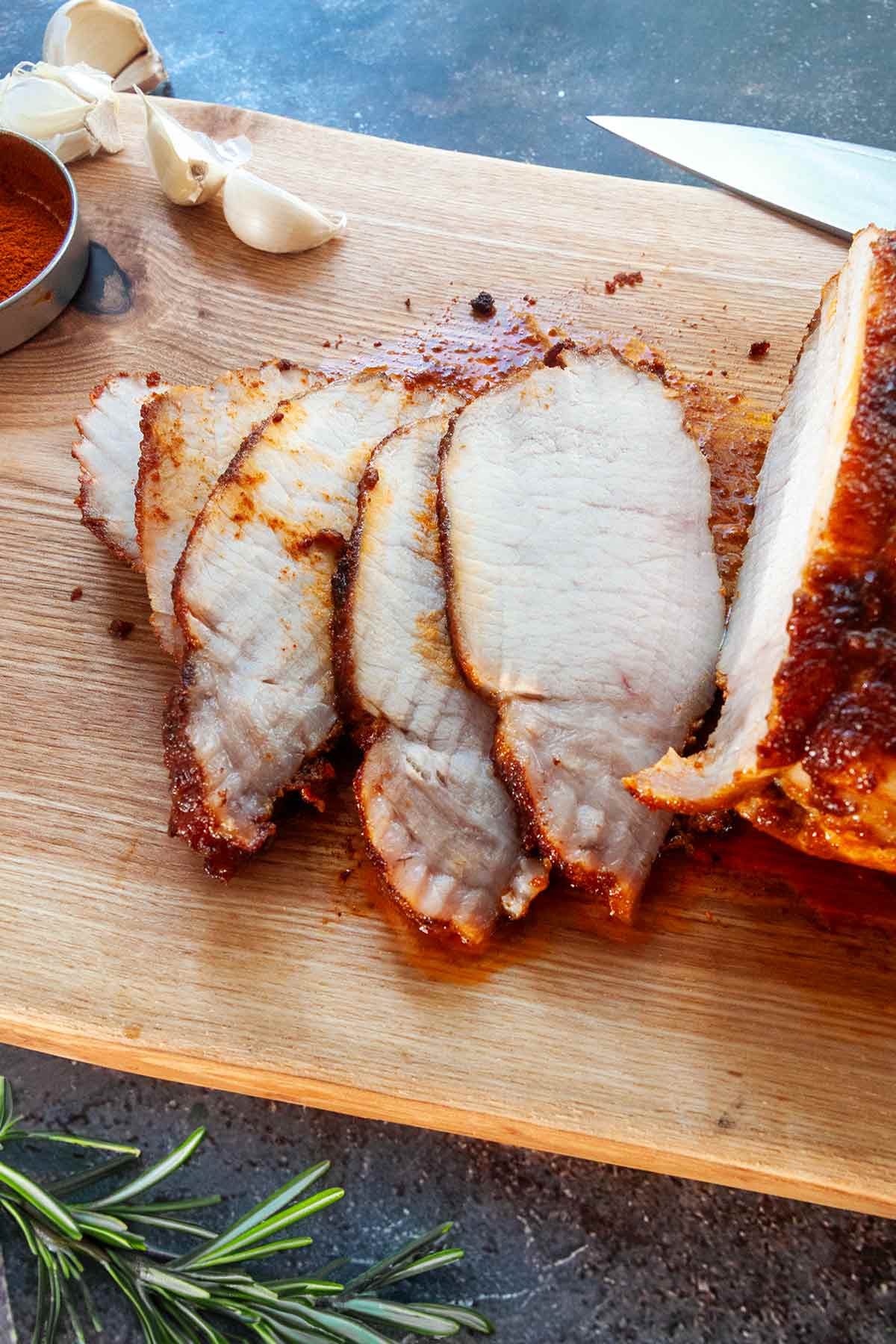
This Spanish-style pork loin roast with paprika isn’t elegant or even particularly gourmet, confess the authors. Still, it’s a traditional Basque technique to put dinner on the table that’s reliable and draws rave reviews. Pretty impressive, considering all you have to do is slather some spices on a chunk of meat and shove it in the oven.
If you don’t have time to wait for a roast, simply cut the spice-slathered pork into thick slices and cook them in a skillet as you would pork chops, which the authors assure us is quite traditional in the Basque region.

Why Our Testers Loved This
The testers were incredibly pleased with how simple it was to prepare a pork roast dinner with this recipe and really enjoyed the combination of paprika, garlic, and tender meat.
Irene S. loved that “the heat and flavor not only came through on the outside but also infused the roast.”
Notes on Ingredients
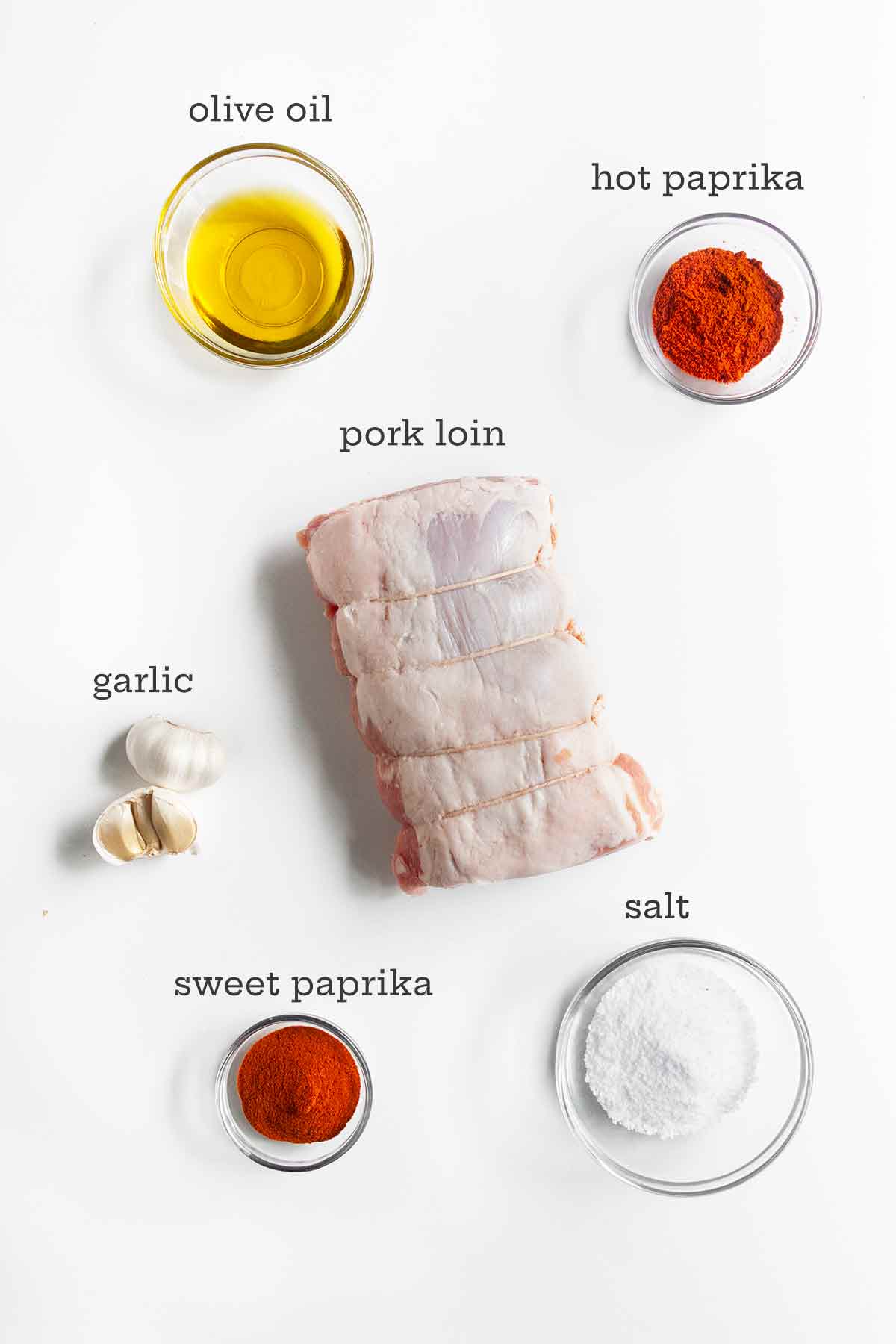
- Kosher salt–Crystal sizes among kosher salt brands vary widely, resulting in significant weight differences. ☞ I strongly recommend you weigh your salt for this recipe. You’ll want to use 5 1/2 ounces (158 g).
- Pork loin–This is a lean cut of pork, so if you can find a pork roast with a good fat cap on it, use that. Ask your butcher. It will help to keep the meat moist as it roasts.
- Paprika–The recipe uses both sweet and hot paprika for a balanced flavor.
Step-by-Step Instructions
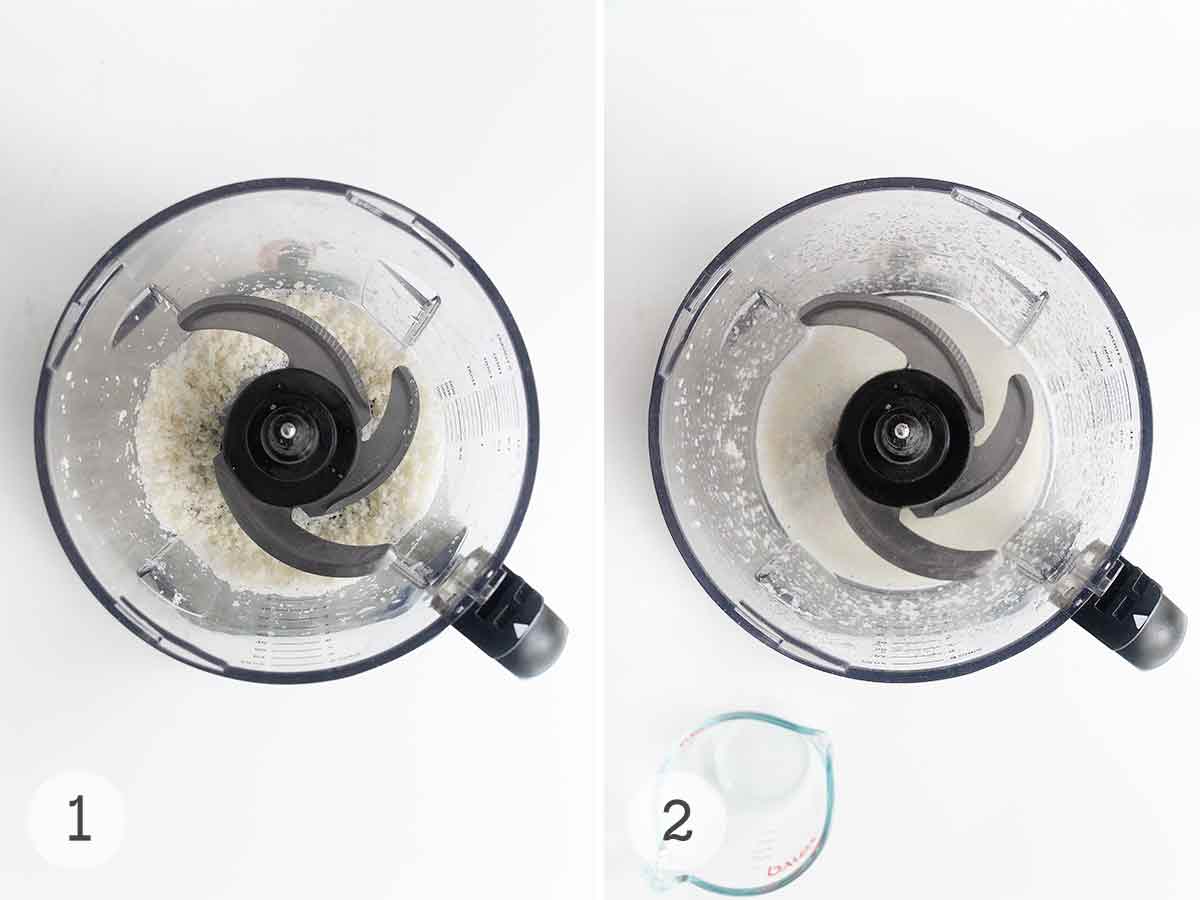
- Process the salt and garlic in a food processor until it forms a rough paste.
- Drizzle in the water, a little at a time, until the paste is smooth and thick.
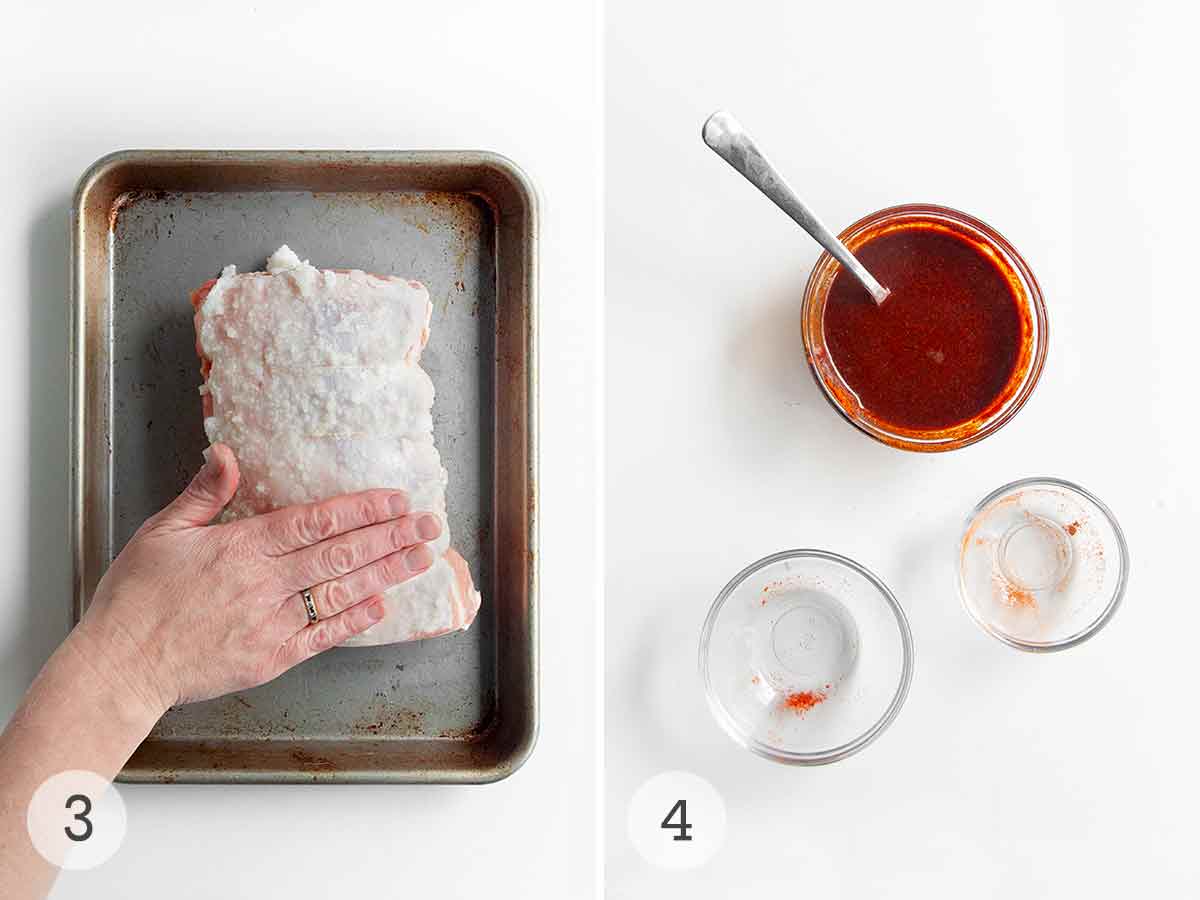
- Rub the garlic paste all over the pork. Cover and refrigerate for 30 minutes. Rinse the pork and pat dry.
- Combine the paprikas and oil in a small bowl to make a paste.
Want to Save This?
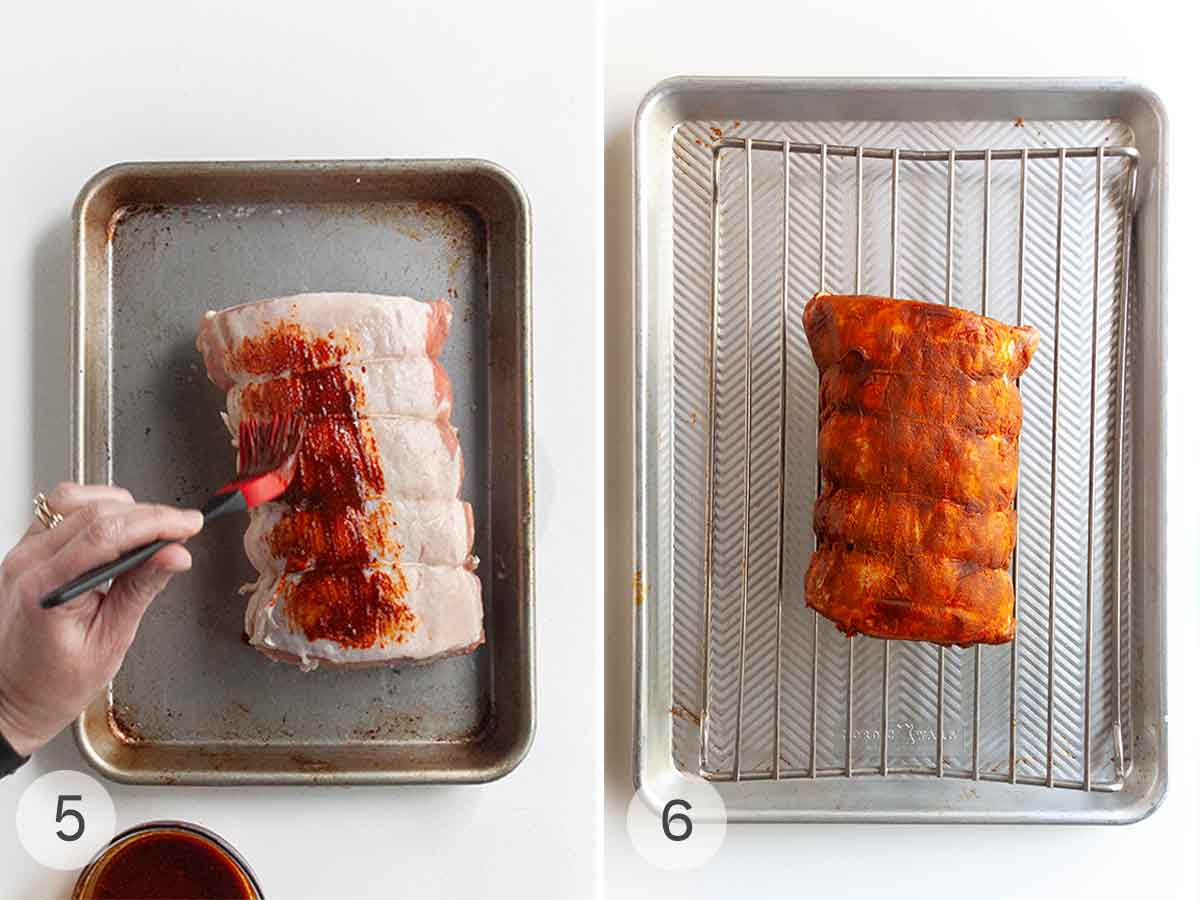
- Brush it all over the pork. Cover and refrigerate overnight.
- Unwrap the pork and scrape off any excess paste. Place the pork on a wire rack in a roasting pan and cook at 300°F until done. Let it rest for 10 minutes before slicing.
Common Questions
My testers recommend serving this roast pork loin with mashed potatoes and roasted vegetables, such as curried cauliflower or spicy roasted Brussels sprouts.
As for leftovers, they had plenty of suggestions. Try it thinly sliced and stuffed into a Cuban sandwich, cut up and added to stir-fries, or added to your favorite breakfast sandwich.
The best way to check the doneness of pork loin is with an instant-read thermometer. Since pork loin is lean, you want to avoid cooking it past 145°F (63°C), as it can become tough and dry.
☞ My suggestion is to yank it from the oven at 140°F (60°C), as the loin will continue to cook as it rests.
The flavors of hot, sweet, and smoked paprika are different because they are made from different types of peppers.
Hot paprika is made from chiles, such as Hungarian wax peppers or cayenne peppers, which give it a spicy flavor. It looks similar to sweet paprika, but packs a much heftier punch. Use it in dishes where you want a spicy kick.
Sweet paprika is made from sweet peppers and, like hot paprika, has a bright red color. It is popular in Spanish and Mediterranean dishes, as well as classics like chicken paprikash for its mild, sweet flavor, and for use as a garnish.
Smoked paprika is made from peppers that are smoked and ground into a spice blend. The smoking process gives smoked paprika its darker color and smoky, earthy flavor, which makes it a great choice for meat rubs and marinades.
Pro Tips & Troubleshooting
- Don’t overcook the pork, as it can become dry. Remove it from the oven when the internal temperature is 145°F (63°C).
- Leftover pork can be stored in a sealed container for up to 4 days. Reheat in a 300°F oven until warmed through.
- This recipe is suitable for gluten and dairy-free diets.
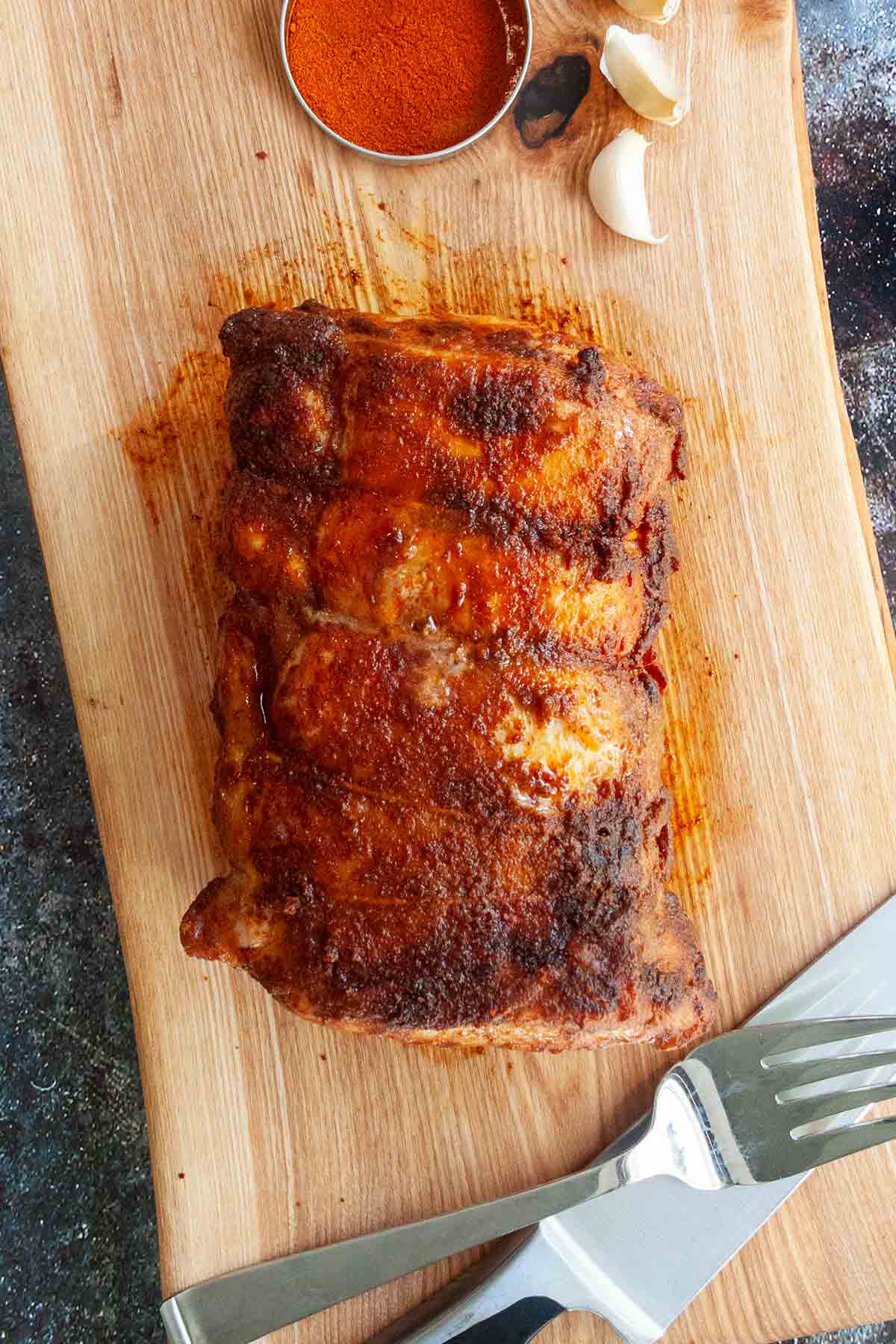
More Outstanding Pork Loin Recipes
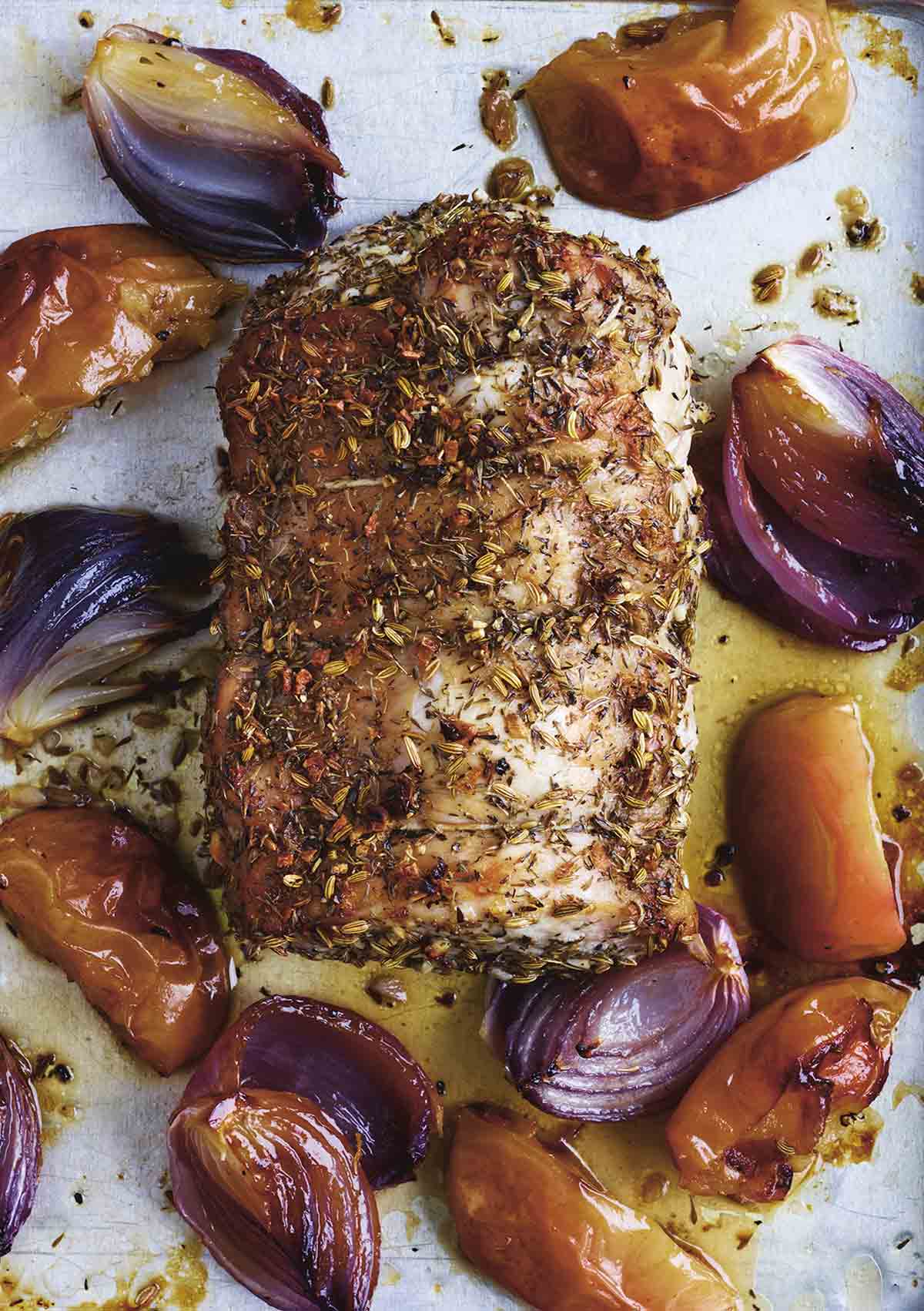
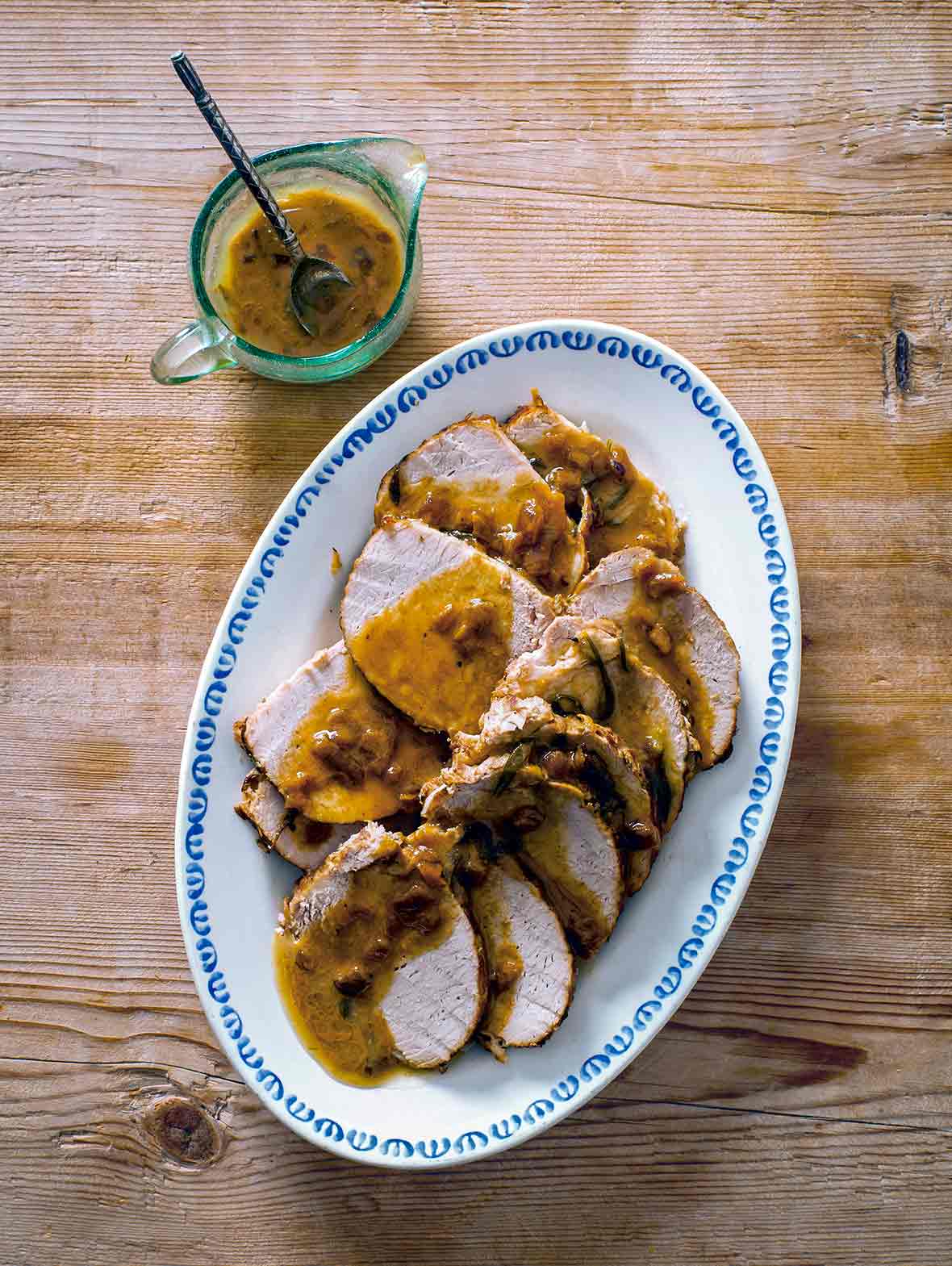
Write a Review
If you make this recipe, or any dish on LC, consider leaving a review, a star rating, and your best photo in the comments below. I love hearing from you.–David

Spanish Pork Loin Roast
Ingredients
For the garlic paste
- 1 cup kosher salt
- 10 cloves garlic
- 1/2 cup water
For the pork loin
- One (5-pound) boneless pork loin roast, with a generous fat cap intact if possible, tied if desired
- 1/4 cup hot Spanish paprika
- 1/4 cup sweet Spanish paprika
- 1/3 cup extra-virgin olive oil
Instructions
Make the garlic paste
- Toss the salt and garlic cloves in a food processor and pulse until you have a rough paste, about 15 times. Then add the water, a little at a time, and pulse to form a thick but smooth paste. (You'll need at least 1/4 cup water to make the paste. Start with that. If necessary, dribble in more water, a little at a time, to achieve the proper consistency. You may need as much as 1/2 cup water total.)
Prepare the pork loin
- Rub the paste onto the pork loin, covering it evenly. Cover and refrigerate the pork loin for 30 minutes.
- Rinse off the paste and pat the pork loin dry. In a small bowl, stir together the hot and sweet paprikas, then stir in the oil to make a paste.
- Smear a thick layer of the paste over the pork loin and wrap everything in plastic wrap. Refrigerate overnight.
- The next day, let the pork loin come to room temperature.
Roast the pork loin
- Preheat the oven to 450°F (230°C).
- Unwrap the loin and scrape off any excess paprika paste to keep it from burning. Place the pork loin on a wire rack in a baking dish or roasting pan, shove it in the oven, and then immediately turn down the heat to 300°F (150°C). Roast the pork loin until an instant-read thermometer inserted into the center of the loin registers 145°F (63°C), which should be between 75 to 90 minutes. The exact timing will depend on the thickness of your pork roast.
- Loosely tent the pork loin with foil and let it rest for at least 10 minutes. After the wait, slice and serve immediately.
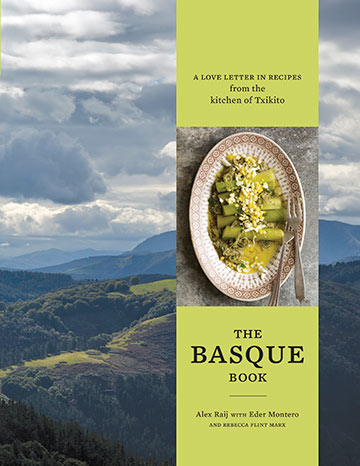
Explore More with AI
Nutrition
Nutrition information is automatically calculated, so should only be used as an approximation.
Recipe Testers’ Reviews
This Spanish pork loin roast recipe delivered that OMG first taste experience! Marinating and roasting a large piece of meat might initially seem a little intimidating, but the results are a perfect roast with little fuss. We liked that the heat and flavor came through on the outside and infused the roast.
The thick slices we served were uniformly pink and perfectly moist (thank you, dry brine!). The fat cap kept the roast moist but didn’t yield much in the way of juices. So, if you don’t have a roasting pan that’s large enough, you can probably get away with using a sheet pan.
I served my roast thickly sliced over a mash of red potatoes and alongside baked asparagus. I’m planning on Cubano sandwiches, stir-fries, and more slices with mashed potatoes and asparagus like we had for our first meal. This was a complete success!
This Spanish pork roast is very simple but tasty. The flavors of the garlic and paprika go very nicely with the pork. The preparation is simple, but it does take some planning because of the overnight rest in the paprika and garlic paste.
☞ TESTER TIP:
You also need to allow plenty of time for roasting because it’s a very slow roast in the oven at 300°F. I halved the recipe, using a 2 1/2-pound boneless pork roast, and it took over an hour to get to an internal temperature of 145°F.☞ TESTER TIP:
Our halved recipe was easily cut into six nice boneless chops after roasting. It’s a dish that can be served with just about any type of potato and vegetable.
I had never heard of lomo adobado before seeing this recipe. I was convinced it was worth trying after seeing that the pork loin would be swimming in a fair amount of garlic and a separate marinade of sweet and hot paprika. The result is very juicy with a nicely colored bark. The marinating time is worth the wait.
I used 1/4 cup water to make the salt and garlic paste in the food processor. The paste came together quickly and adhered to the pork loin well. The next day, I took the pork loin out of the refrigerator an hour before cooking time so it could come to room temperature. It took 1 1/2 hours to reach the recommended internal temp of 145°F. After letting the meat rest, I sliced it into 1/2-inch-thick slices.
There was quite a bit of pork left over, and I’m excited to play with it. I envision thin slices with eggs and toast in the morning, cold sandwiches with lettuce and avocado, or maybe some chili with the pork loin imparting its garlicky and spicy goodness to the mix. Oh, the possibilities.
This pork loin roast recipe with paprika is simple and imparts great flavors into your dinner with minimal effort.
I cooked two 2 1/2-pound pork loins. I served six people for Easter dinner and easily could have fed two more and still had ample leftovers. I added 1/4 cup water to make a thick garlic and salt paste. The overall taste of the meat was excellent—the garlic and paprika were in balance, and the meat was very tender and juicy.
I decided to try this roast pork loin recipe for our family’s Easter dinner. It was so easy to put together, with such a short but flavorful ingredient list. Plus, outside of smearing the pastes on the meat, there was very little hands-on time.
The oven’s low temperature obviously stretched out the cooking time, but the final product was moist and not dried out as whole pork loin sometimes can be. It was also well-seasoned, but neither the garlic nor paprika was overpowering.
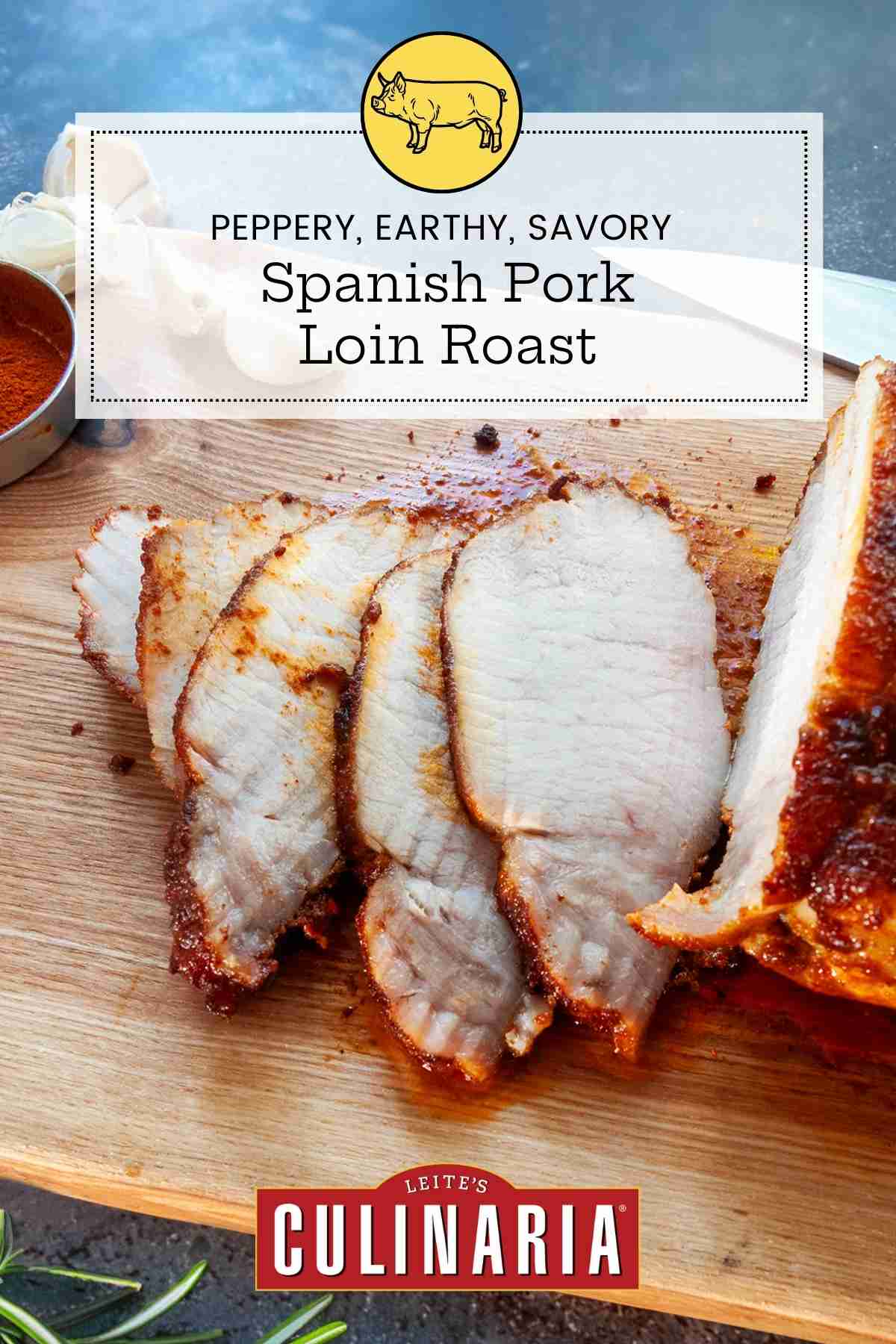












Estupenda comida! WOW! you must plan ahead yes, and it’s well worth it! The roast was juicy and the taste was so yummilicious. I had garlic confit, I used that to make he paste. The Spanish paprika sweet and spicy with the garlic undertones was really unbelievable with such little spices involved. Served with Kereshk Polow it paired fabulously. I’m looking forward to the leftover possibilities! Buen provecho!
Bbqgoddess, aren’t you just the queen of yummilicious descriptions?! I’m thrilled you loved it—especially that juicy roast and the garlic-paprika punch. This recipe is a sneaky little showstopper, right? Sounds like your pairing with Zereshk Polow was a genius move—hello, flavor explosion!
And those leftovers… oh, the possibilities. Keep us posted on what magic you make next!